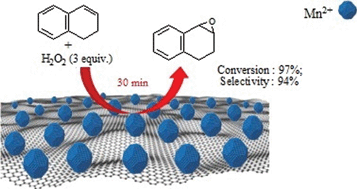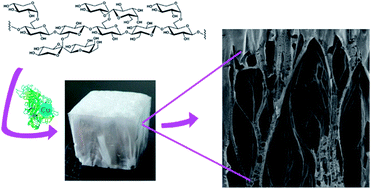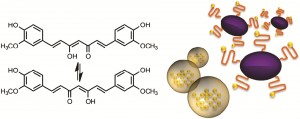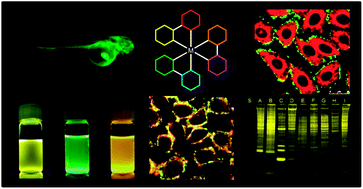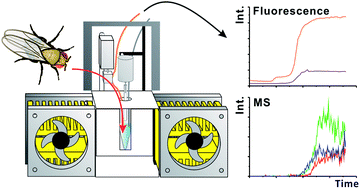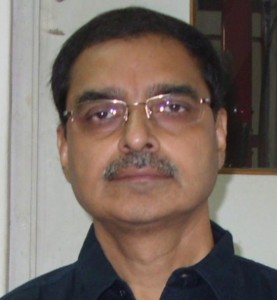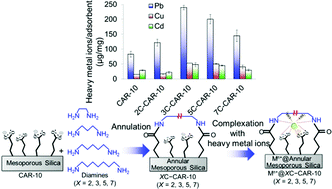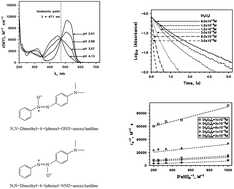Take a look at our most-downloaded articles from the months of October, November and December 2013 and let us know what you think!
System-dependent melting behavior of icosahedral anti-Mackay nanoalloys
Hassan Yousefi Oderji, Hassan Behnejad, Riccardo Ferrando and Hongbin Ding
RSC Adv., 2013, 3, 21981-21993
DOI: 10.1039/C3RA43401J
Using a two-step deposition technique to prepare perovskite (CH3NH3PbI3) for thin film solar cells based on ZrO2 and TiO2 mesostructures
Dongqin Bi, Soo-Jin Moon, Leif Häggman, Gerrit Boschloo, Lei Yang, Erik M. J. Johansson, Mohammad K. Nazeeruddin, Michael Grätzel and Anders Hagfeldt
RSC Adv., 2013, 3, 18762-18766
DOI: 10.1039/C3RA43228A
Graphene–inorganic nanocomposites
Song Bai and Xiaoping Shen
RSC Adv., 2012, 2, 64-98
DOI: 10.1039/C1RA00260K
Electrode materials for aqueous asymmetric supercapacitors
Faxing Wang, Shiying Xiao, Yuyang Hou, Chenglin Hu, Lili Liu and Yuping Wu
RSC Adv., 2013, 3, 13059-13084
DOI: 10.1039/C3RA23466E
One-pot synthesis of homogeneous core–shell Cu2O films with nanoparticle-composed multishells and their photocatalytic properties
Chen Chen, Haiyan Xu, Ling Xu, Fengjun Zhang, Jinkuang Dong and Hao Wang
RSC Adv., 2013, 3, 25010-25018
DOI: 10.1039/C3RA43450H
Iron-containing nanomaterials: synthesis, properties, and environmental applications
Boris I. Kharisov, H. V. Rasika Dias, Oxana V. Kharissova, Victor Manuel Jiménez-Pérez, Betsabee Olvera Pérez and Blanca Muñoz Flores
RSC Adv., 2012, 2, 9325-9358
DOI: 10.1039/C2RA20812A
Review of recent advances in carbon dioxide separation and capture
Saeed Danaei Kenarsari, Dali Yang, Guodong Jiang, Suojiang Zhang, Jianji Wang, Armistead G. Russell, Qiang Wei and Maohong Fan
RSC Adv., 2013, 3, 22739-22773
DOI: 10.1039/C3RA43965H
Graphene-based photocatalytic composites
Xiaoqiang An and Jimmy C. Yu
RSC Adv., 2011, 1, 1426-1434
DOI: 10.1039/C1RA00382H
Bioelectrochemical systems (BES) for sustainable energy production and product recovery from organic wastes and industrial wastewaters
Deepak Pant, Anoop Singh, Gilbert Van Bogaert, Stig Irving Olsen, Poonam Singh Nigam, Ludo Diels and Karolien Vanbroekhoven
RSC Adv., 2012, 2, 1248-1263
DOI: 10.1039/C1RA00839K
Synthesis of graphene-based nanomaterials and their application in energy-related and environmental-related areas
Guixia Zhao, Tao Wen, Changlun Chen and Xiangke Wang
RSC Adv., 2012, 2, 9286-9303
DOI: 10.1039/C2RA20990J
Interesting in submitting to RSC Advances? You can submit online today, or email us with your ideas and suggestions!
Comments Off on Top 10 most-accessed articles: October – December 2013












